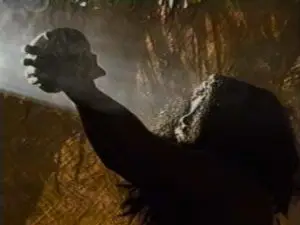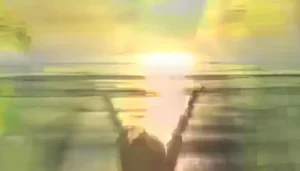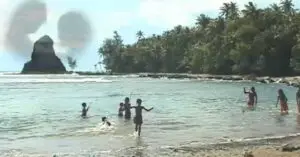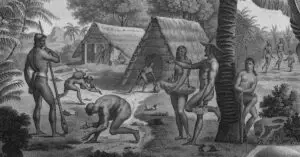Ancient CHamoru/Chamorro Use of Human Bones
Archeological studies have revealed that during the Latte Period ancient CHamorus retrieved bones from deceased bodies after tissue had deteriorated, and used the bones for
Archeological studies have revealed that during the Latte Period ancient CHamorus retrieved bones from deceased bodies after tissue had deteriorated, and used the bones for

Ancient religious philosophy. Animism is the belief that everything in nature – living and non-living – contains a spirit or soul. In ancient CHamoru society,
Kepuha (also spelled Quipuha) was a maga’låhi from Hagåtña, whose role in welcoming Spanish missionaries to Guam makes him a controversial figure in the island’s

The idea of the world being divided into different realms, as was common in the Chamorro/CHamoru view after Christianity was introduced, is one promoted or
Ancient Chamorros/CHamorus, as well as CHamorus today, practice ancestral worship, or the veneration and respectful treatment of relatives who have died in hopes that they

Puntan and Fu’una are the Chamorro/CHamoru creation gods. Puntan, a male, and Fu’una, a female, are brother and sister. The account of their creation of

Taotaomo’na, the people of before, refers to ancestral spirits that inhabited the earth along with the living. Ancient Chamorros/CHamorus believed the world around them was